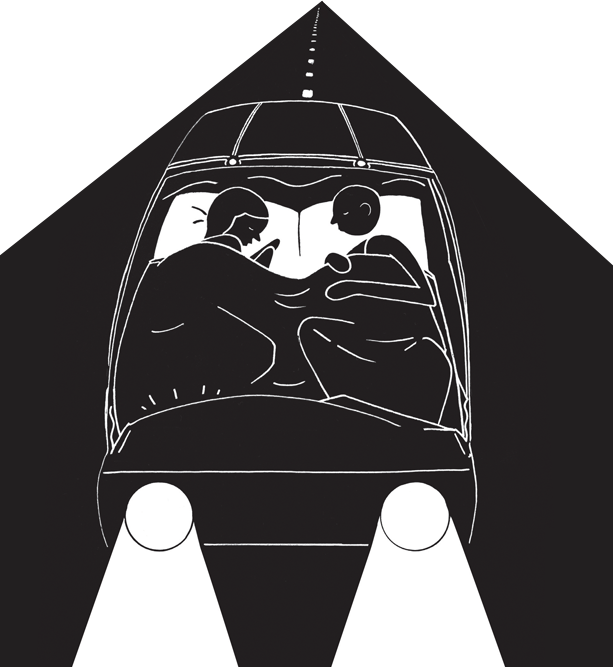ZEITGUIDE TO DRIVERLESS CARS

A self-driving car operated by Uber caused the first pedestrian death involving such a vehicle when it struck and killed a woman in Arizona. Uber has since been suspended from testing self-driving vehicles in that state, and Toyota and Nvidia announced they will be halting testing of self-driving vehicles on public roads for now.
This accident has brought to light the possible impacts of autonomous driving on commuters, pedestrians and society at large. Here are the implications of an autonomous driving future, and the ways in which we may be better, or worse, off for it.
They’ll likely make roads safer.
Currently, humans have the edge on machines when it comes to responding to unpredictable circumstance on the road, but they’re also prone to mistakes. Over 100 people are killed in car accidents each day in the U.S., 94 percent of which can be attributed to human error. As the Uber crash shows, however, AVs won’t be immune to all accidents. The question may be whether we’re willing to accept a few hundred deaths caused by machines each year, to prevent thousands more that are now caused by humans.
Driving jobs will look a lot different.
According to McKinsey, self-driving trucks could lead to 1.5 million fewer trucking jobs for people in the next ten years, but there’s another argument that this technology could mean more, not fewer, jobs for people. A report from Uber’s Advanced Technologies Group paints a picture of self-driving trucks handling long distances, then giving way to human operators in more complicated urban conditions. And people will still be needed to manage local deliveries, as well as the maintenance and operation of trucking fleets.
A media opportunity?
As steering and navigating take less attention, passengers will have time on their hands not taken up by driving. That may mean reading, answering emails, watching their favorite shows or even shopping. Each of these potential opportunities represents a new revenue prospect for automakers.
They could reduce traffic and emissions.
When a human driver changes lanes, or takes that second to read a billboard, the change in their speed contributes to stop-and-go traffic and greater fuel consumption. Researchers at Rutgers University-Camden found that if just 5 percent of vehicles on the road were autonomous, it could reduce fuel consumption by up to 40 percent and braking events by up to 99 percent.
They could increase demand for driving.
By making driving easier and cheaper, AVs may encourage more people to travel by car. This could be to the detriment of public transit, and hinder the likelihood of AVs reducing congestion and emissions.
They’ll raise difficult ethical questions.
A scenario called the Trolley Problem illustrates the ethical tension between actively doing versus allowing harm. Imagine a trolley car rolling toward five people. Pull a lever, and the trolley will redirect to another track where it will hit only one person. The Trolley Problem is an example of the kinds of dilemmas AVs may have to grapple with. Should an AV, for example, be trained to steer away from a collision with a car full of five people, if that means striking one person on the sidewalk? Should AVs always put protecting their passengers above the safety of others?
They’re just one piece in the bigger transit puzzle.
AVs could offer a solution to public transit’s “last mile” problem by connecting people to transit beyond walking distance, making for more fully connected public transit systems. They could encourage the use of alternative modes of transportation by making streets safer for pedestrians, bicyclists and people using new personal transportation devices. Ultimately, AVs will have the most positive impact on society so long as they’re considered as one piece, and not the entire solution, to fixing our transit woes.
Want to learn more about ongoing business and cultural transformation?
#GetSmartQuick with ZEITGUIDE 2018.
Inquire about our custom offerings.
Sign up to receive our weekly newsletter.
